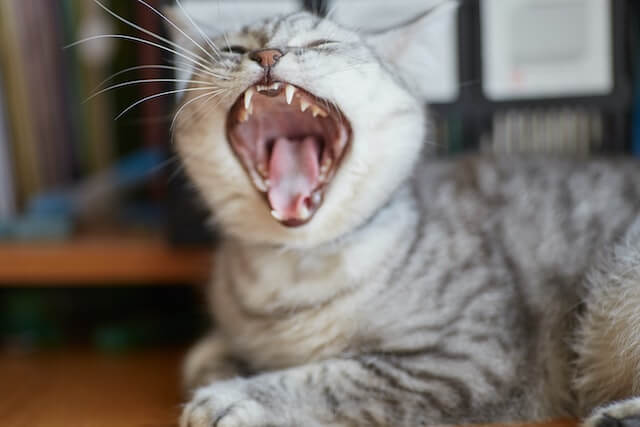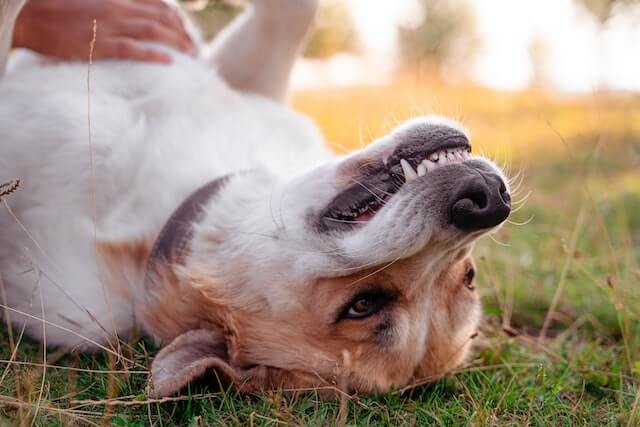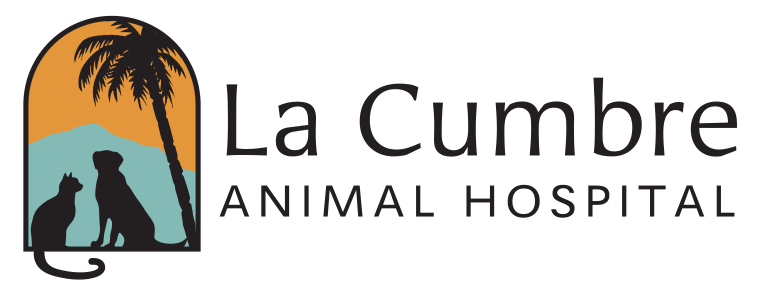Have you ever wondered what goes on when your pet comes for a “dental cleaning”—or, to be more precise, a Comprehensive Oral Health Assessment and Treatment (COHAT)? Here, we will give you more insight into what a COHAT (dental cleaning) involves at a veterinary hospital.

1. Veterinary Nurse Pre-Dental Evaluation
It all starts the morning of the procedure when you leave your fur friend in our care. We schedule a time to go into an exam room with a nurse to fill out our anesthesia release form and to review the procedure estimate. At this time we encourage you to ask any remaining questions that you have regarding the procedure. We want you to feel confident that your pet is receiving the utmost care during their visit with us!
2. Veterinarian Examination Prior to Dental Cleaning
After reviewing the plan and answering any questions, the nurse will escort your pet to our treatment area. Here the veterinarian will examine your pet once more to ensure that they are in proper condition to undergo anesthesia. If pre-anesthetic blood work has not been done prior, we will obtain a blood sample for pre-anesthetic laboratory analysis. The laboratory results will tell us if there are any potential problems we need to be aware of before your pet is anesthetized.
3. Intravenous Catheter and Pre-medications for Sedation and Pain Relief
We will then place an intravenous (IV) catheter. This allows us to give injectable anesthetics, provide fluid therapy while under anesthesia, and have direct access to a vein in the case of an emergency. IV fluids allow us to maintain your pet’s blood pressure and meet hydration needs. Your pet then receives a pre-medication to provide sedation and pre-emptive pain relief.
4. Anesthesia for Dental Cleaning
It’s now time to start the procedure! We give an anesthetic which allows us to place an endotracheal tube and maintain anesthesia with gas and oxygen. Your pet is fully monitored by a skilled nurse and the doctor, using instruments such as a blood pressure cuff, EKG, pulse oximetry, and temperature gauge throughout the entire procedure.
5. Dental Radiographs Prior to the Dental Cleaning
We take full mouth dental radiographs, just as you would at your dentist. This allows us to evaluate what is going on beneath the gums. This is because 75% of disease is located below the gum line.
Our dentistry looks for conditions such as:
- Fractured roots
- Abscesses
- Bone loss
- Bone tumors
- Tooth resorption (in cats)
These problems are painful and, unfortunately, our beloved pets aren't unable to tell us when something hurts. We have clients tell us over and over how their pet is acting like a puppy or kitten again after these painful conditions are gone! If it wasn't authorized at intake, your nurse will give you a call with the vet's plan and you can discuss any changes to your initial estimate.

6. The Dental Cleaning Process
The nurse assisting the doctor examines each tooth individually using a special dental probe to check for abnormalities. A chlorhexadine rinse is then used to rinse the mouth and decrease the bacteria before the cleaning is performed.
An ultrasonic scaler is used to clean the plaque and calculus from the crowns of the teeth. Sometimes we use hand instruments to get the hard to reach places. Then the teeth are polished with a fluoride pumice which buffs out all the micro-abrasions caused by the scaling.
Next, we treat any teeth that need surgical extraction or periodontal therapy. A local nerve block is done to numb these areas, just as your dentist would do. This will ensure that your pet recovers from anesthesia pain-free.
After the complete oral health treatment is complete, your pet is removed from anesthesia and recovers under the watchful eyes of the entire surgical team. Once they're awake, we will give you a call to let you know that everything went well and to schedule a pick-up time.
7. Home Care Instructions After the Dental Cleaning
When you come to pick up your pet, we will discuss the findings in detail and answer any questions you have. We will also go over dental home care so that we can work together to keep your pet’s mouth healthy.
How Often Should Your Pet Have a Dental Examination and Cleaning?
We recommend that your pet have a dental examination and cleaning at least once yearly. Some pets may require dental care every six months.
Please don’t let your pet’s dental care fall by the wayside, as this can lead to serious health issues. Call us to schedule an appointment today!
